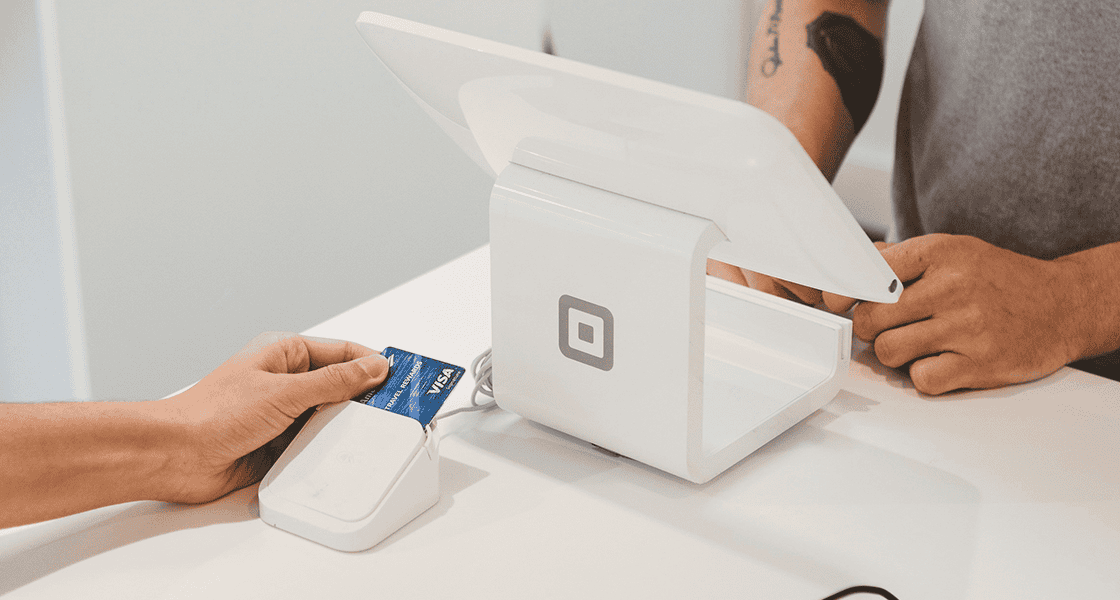Retail & Distribution
How brands optimise and control costs in Retail Business
14 July 2021

Stores with new and different roles
The role of the store triggers many questions. Should retailers over-stock stores to use them as warehouses? How to operate returns of online orders? How to reduce costs in their retail business? How can they optimise delivery times? If an online order is incomplete, should the salesperson call another store to find a substitute product? Should the I.T. system automatically reallocate the sale to another store to fully match an online order? When is the customer told that an order is incomplete? And so on.
“The question now is: what are the roles of my retail store? It’s not just an I.T. or e-commerce issue. We believe that there is a very complex subject to seamlessly integrate the triptych of delivery, stock reliability and seamless I.T.”
Alexis de Seze
Secretary General of the ID Kids Group
Optimising IT costs and Total cost of ownership
For retailers, this is a major issue. This was the case for a specialty retailer operating stores in Europe and in the U.S.A. “They decided that all their American shops would be connected to the European I.S (Information System) environment, in order to reduce costs and have a single system worldwide,” said Sylvain Jauze, Director of WW Sales & International Operations at Cegid.
Retailers want to be more efficient via global standardised information systems. In the past, they allowed subsidiaries to choose their own local solutions.

Head office realised they lost control and visibility over sales, inventory and customers. Today, in the vast majority of cases, retailers are asking for a single global solution, which is agnostic in terms of integration and operating system. They are also asking for more openness, composability and total transparency for the parent company.
Internationally, the issue of I.S. financing is taking a different direction
Until recently, many retailers had difficulty convincing their franchisees to launch into e-commerce because of the high costs. “Our franchisees are family-run structures in most countries. It’s rare that they have more than 3 stores,” added Vincent Delmarre of Jacadi. “Out of our 30 international franchise partners, only 3 had an e-commerce solution in 2020. In 2021, it will be 100%“. As many retailers offer a common online platform that guarantees the brand image, the challenge is to operate with and support partners, and that can be a less profitable investment than opening a new store.
Compliance & Localisation of Information Systems
“Retailers operating on several continents are confronted with a large number of specificities in each country, regarding taxation, payment, data protection & residency, local marketplaces and retail practices,” said Emmanuel Costa, Senior Product Manager at Cegid. For a retailer, this entails an array of challenges. In China, for instance, there is a new regulation stating that all transactional and critical data must be hosted in China. As a consequence, we have opened a new datacentre – Cloud Point Of Delivery in China. The Cegid Retail solution is compliant with local specificities in 69 countries and guarantees full and automatic updates”.

To go further, discover the guide on International Retailing
International The New Way
download your guide

